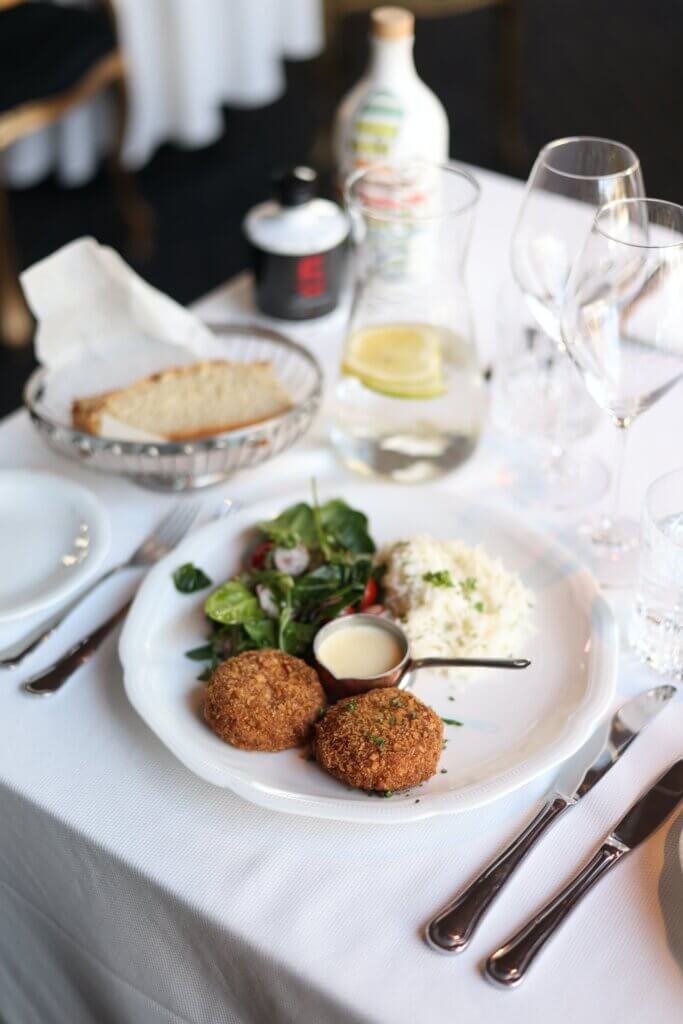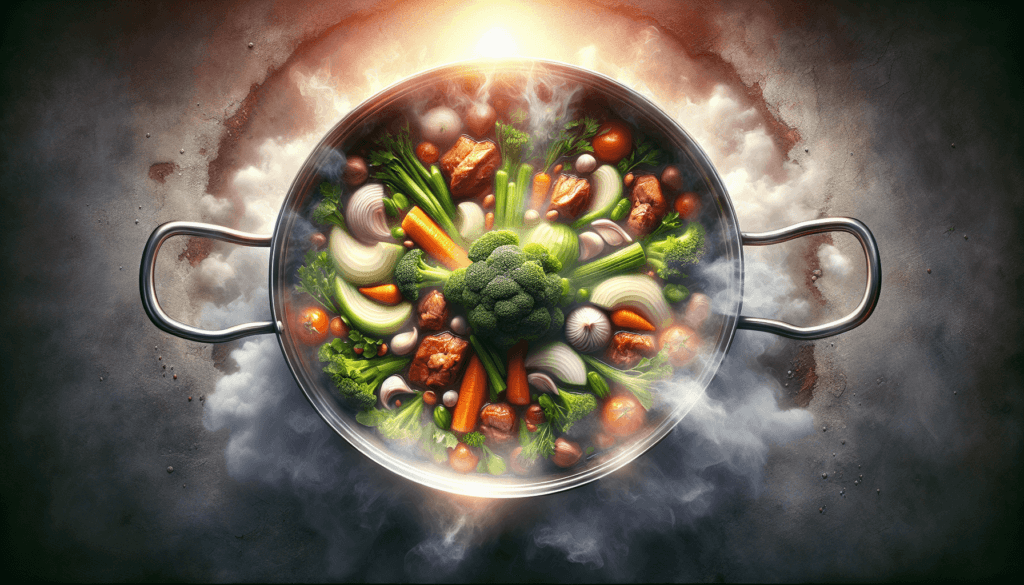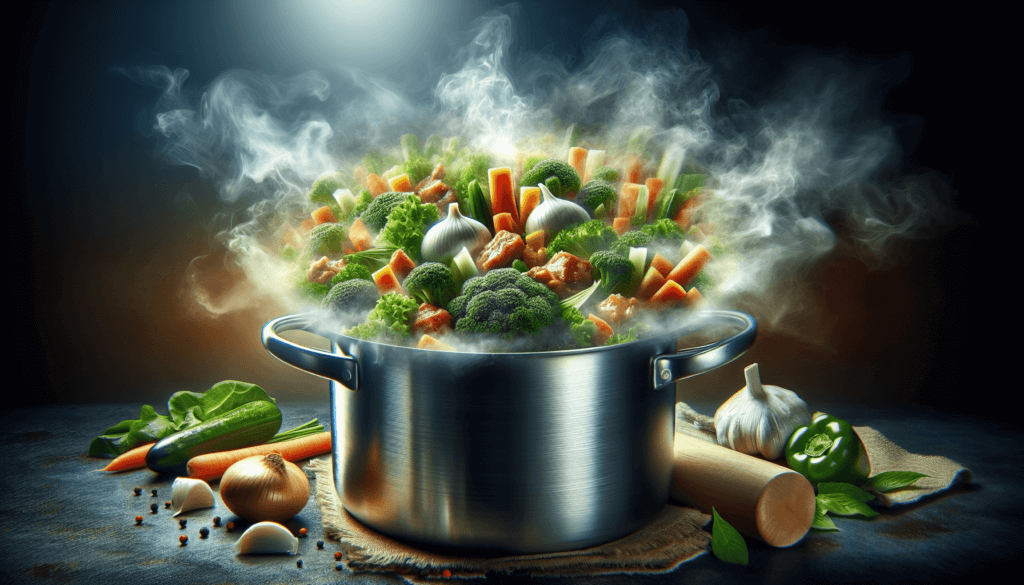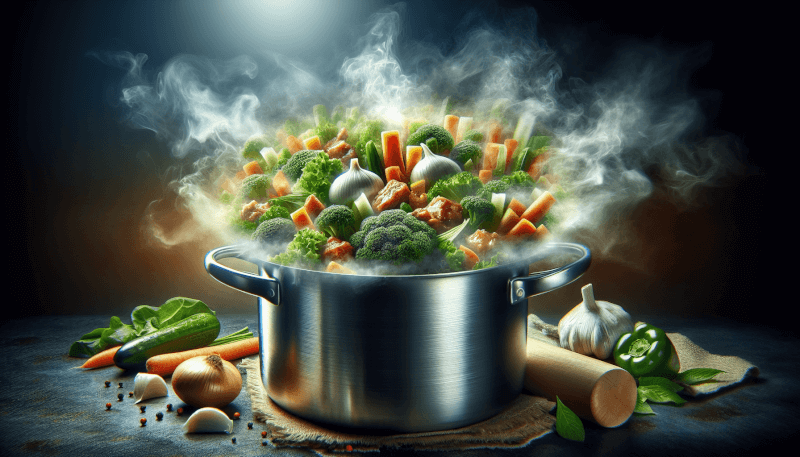Are you tired of having overcooked or undercooked food every time you attempt to boil something? Look no further, because this article will teach you how to properly boil your food to perfection. Whether it’s rice, pasta, vegetables, or eggs, we’ve got you covered with the tips and tricks you need to know. Say goodbye to soggy or burnt dishes and say hello to perfectly cooked meals every time you boil.

Choosing the Right Pot
When it comes to boiling, choosing the right pot is key. The material of the pot can affect the cooking process, so it’s important to consider this factor. Stainless steel is a popular choice as it heats evenly and is resistant to staining and scratching. On the other hand, nonstick pots are great for easy cleanup but may not last as long. Ceramic pots are attractive and retain heat well, but they can be fragile. Ultimately, the pot material you choose will depend on your personal preference and needs.
In addition to the material, selecting an appropriate pot size is crucial. You want to ensure that your pot is large enough to hold the ingredients without overcrowding them. If the pot is too small, the ingredients may not cook evenly, resulting in a less satisfying end result. On the other hand, using a pot that is too large can lead to excessive water evaporation and longer cooking times. Consider the amount of ingredients you plan to boil and choose a pot size that accommodates them comfortably.
Adding Water
Once you have your pot selected, it’s time to add the water. Start by filling the pot with cold water. Using cold water allows the ingredients to cook more evenly and prevents them from sticking together. It’s important to use enough water to cover the ingredients completely. This ensures that they are fully submerged and able to cook properly. However, be mindful not to overfill the pot, as this can lead to boiling over and making a mess on your stovetop.

Preparing the Ingredients
Before adding the ingredients to the pot, it’s essential to wash and clean them thoroughly. This step removes any dirt or impurities that may be present. It’s especially important when boiling vegetables or fruits to ensure that they are safe to consume. If necessary, cut or chop the ingredients into smaller pieces. This allows for faster and more consistent cooking. Remember to adjust your cutting technique based on the particular recipe you are following.
Adding Salt
Salt is not only a seasoning, but it also enhances the flavors of the ingredients when boiling. While it’s important to add salt to taste, be cautious not to oversalt the water. Remember that some ingredients, such as pre-packaged broths or stocks, may already contain salt. Start with a small amount of salt, and you can always add more to adjust the taste later. It’s generally recommended to use about 1 teaspoon of salt for every 4 cups of water, but feel free to customize according to your preferences and dietary needs.

Boiling the Water
With the ingredients prepared and the salt added, it’s time to put the pot on the stove and bring the water to a rolling boil. Placing the pot on a burner over high heat will help expedite the process. Keep a close eye on the pot as the water starts to heat up. Once you see bubbles forming and rising to the surface, the water is beginning to boil. A rolling boil is when the water is rapidly boiling with large bubbles constantly breaking on the surface. This is the ideal stage for many boiling recipes.
Adding the Ingredients
Now that the water is boiling, it’s time to carefully add the prepared ingredients. When adding them, be mindful not to overcrowd the pot. Overcrowding can lead to uneven cooking and may affect the overall taste and texture of the dish. If you are boiling vegetables, consider adding them in batches to avoid overcrowding. Take a moment to ensure that the ingredients are fully submerged in the boiling water. This will allow them to cook evenly and absorb the flavors.

Adjusting the Heat
Once the ingredients are added, it’s time to adjust the heat. Reduce the heat to a simmer, which is a gentle and steady boil. This will maintain the temperature and prevent unnecessary evaporation. Adjusting the heat also helps prevent the ingredients from sticking to the bottom of the pot or burning. It’s important to monitor the heat throughout the cooking process and make any necessary adjustments. A consistent and controlled heat level ensures that the ingredients are cooked through without being overcooked.
Cooking Time
The cooking time for boiled ingredients can vary depending on the recipe or guidelines you are following. It’s crucial to follow the instructions or use a timer to ensure that the ingredients are cooked to the desired level of doneness. Overcooking can make the ingredients mushy and less flavorful, while undercooking can leave them raw and unsatisfying. It’s always a good idea to check the cooking time periodically and make any necessary adjustments based on the appearance and texture of the ingredients.

Testing for Doneness
To determine if the ingredients are cooked to perfection, use a fork or knife to test their doneness. Gently pierce through the ingredients and assess their tenderness. Keep in mind that different ingredients may require different levels of tenderness. For example, boiled potatoes should be tender but not overly soft, while pasta should be cooked al dente, with a slight firmness to the bite. If the ingredients are not yet cooked to your liking, continue boiling and testing until the desired tenderness is achieved.
Draining the Water
Once the ingredients have reached the desired level of doneness, it’s time to remove them from the boiling water. Carefully pour out the boiling water, ensuring that you don’t burn yourself in the process. To make this step easier and more efficient, you can use a colander to drain the ingredients. The colander will catch the ingredients while allowing the water to flow through. Give the ingredients a quick rinse with cold water to stop the cooking process, especially if you are using them in a cold dish or salad.
Boiling ingredients is a simple yet essential cooking technique that opens up a world of possibilities in the kitchen. By following these steps for properly boiling, you’ll be able to cook a wide range of dishes, from vegetables and pasta to soups and broths. So grab your pot, add the water, prepare the ingredients, and get ready to create delicious meals with ease! Whether you’re a novice cook or an experienced chef, mastering the art of boiling will enhance your culinary skills and impress your family and friends with flavorful and perfectly cooked dishes.


